Specialists in building IAM teams.
Bringing you IAM professionals with the experience to manage risk, keep delivery moving, and get stakeholder buy-in from day one.






















Scaling IAM functions across the UK, US and Europe.
With roles sitting at the intersection of security, compliance and business access, recruitment for identity and access management is rarely simple. Tech know-how isn’t enough, and you need people who’ve worked inside real IAM environments.
These are people who understand rollout bottlenecks and how to address them, people who know how to balance control and user impact, and people who understand the intricacies of internal access frameworks.
And when it comes to finding these people, we know exactly where to look.
We work with firms who need hires that hit the ground running, across consultancies, vendors and end-users. We place consultants who can adapt fast inside multi-tenant programmes. Engineers with direct PAM or IGA implementation experience. Subject matter experts who can translate identity strategy to the board or to auditors.
Perm or contract, local or global. Every shortlist is built for your specific system landscape and delivery expectations.
Real results,
real voices.
Liv made me think differently about recruiters and head-hunters. The honesty and the quality of the candidates and not promising a semi-god, that made a big difference. That’s why I do business with Liv after several debacles with other recruiters.
Frank van den Heuvel - Co-Founder
Identity Team
Consultancy
Identity & Access Management

Olivia was able to find the perfect candidates within the tight market. She matched us with candidates with relevant IAM experience, while they also fit our company culture. Whenever she sent me a CV, I knew it would be a good candidate.
Lucienne Baas - HR Manager
Oribi Groep
Technology Provider
Identity & Access Management

Disciplines
Technical
Consulting & Business Operations
Go-to-Market
Leadership & Strategy
Your IAM specialists.
Let's work together.
Thinking about a project?
Get in touch with us today.


